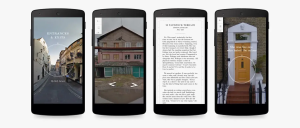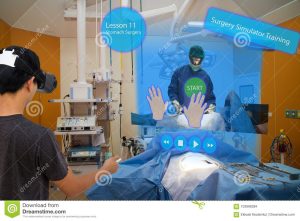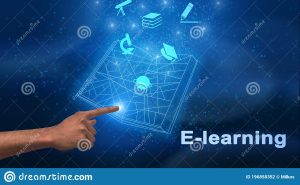While surfing the internet, as one does, I came across this invention that will hopefully be a breakthrough in book technology!
As you can see, it looks like an ordinary book from years ago, but what’s exciting is that all the pages are very thin screens that show text and images! It’s taken many years to develop screens thin, flexible, and durable enough to somewhat imitate paper pages. These new high-tech pages emit a soft glowing light, doing reading at night or in dimly lit places easy. The pages can’t be folded or dog-ears like people can do with paper pages, though.
 To get the content onto the pages, there is a small slot in the spine to insert a memory card. You must first go online and download the book you want from a special website. This website holds all of the files of published books that work with this new digital book. Just like regular e-books, you must pay a small fee to access the content. This is how authors can get paid for publishing this way! Once the memory card is inserted into the spine, the pages will illuminate and you are ready to read the book you chose. If you prefer to not use a memory card, there is also a USB port so you can connect your book directly to whatever device you choose and get the content that way. It seems like since this is a very early form, it doesn’t quite have direct internet access yet.
To get the content onto the pages, there is a small slot in the spine to insert a memory card. You must first go online and download the book you want from a special website. This website holds all of the files of published books that work with this new digital book. Just like regular e-books, you must pay a small fee to access the content. This is how authors can get paid for publishing this way! Once the memory card is inserted into the spine, the pages will illuminate and you are ready to read the book you chose. If you prefer to not use a memory card, there is also a USB port so you can connect your book directly to whatever device you choose and get the content that way. It seems like since this is a very early form, it doesn’t quite have direct internet access yet.
I have always wanted something that gave me the same experience as a paper book but enhanced my experience, so this announcement was very exciting to me. I wanted to still feel the hardcover and flip pages but somehow access the content easier. Keeping the book’s integrity is what is most important to me. Amaranth Borsuk states in her writing “The Book” that digital interfaces that allow people to read digitally borrow physical book structures, but remediate them in the digital environment. The content and functionality mimic reading a real book, but the actual physical form is not very codex-like (122-123). Electronic books allow you to bookmark, annotate, and flip back and forth between “pages”, but it will never be the same experience as a physical book with paper pages.
There was always the convenience of being able to easily download an electronic book onto my computer, phone, or tablet for school or entertainment. It was as easy as opening an app, typing in a title, and downloading. Within seconds, I could have a “book” in my hands. This saved me the trouble of going to the library or bookstore. Instead of walking through the aisles filled to the top with books, I was now scrolling through a digital library of books. The spines of books with just the name and author on a shelf that you had to pull out to learn more were no more, instead replaces with the digital covers I could easily tap on. No longer asking a librarian or bookstore employee for book recommendations, I was now consulting my favorite search engine and stranger’s reviews. Electronic books were also cost-efficient when I was in college, being significantly cheaper than going to the bookstore and buying one. I could easily pull up the book on my iPad that I carried around with me every day, lessening the load on my back as well as not having to carry multiple textbooks. Everything I needed for my classes was now accessible to me with just one device, and I still had most of the same functions as if I was carrying around physical books. I could write notes, bookmark pages I wanted to go back to, highlight sections I found were important, and flip pages (assisted with the page flipping animations).
Although having electronic books on my digital devices was convenient and cheaper, I still always found myself wishing I had the physical version of the book. There was just something different about feeling the paper pages and reading text that was not on a flat screen. Even the book I referenced earlier that is all about the history of books and their structure is downloaded onto a digital device for me to read. I wonder how my reading experience would differ if I had the real cover, paper pages, and could put slips of paper in between the pages so I could go back to certain passages.
This breakthrough in book technology is incredibly exciting. Of course, it is still in the very early stages so there is much more development to happen which also brings many questions to my mind. The following sections of writing are a mixture of questions about the design and interface and some things that I would like to see implemented.
Content
In the information I read, it said that both text and images can be displayed on these pages. Thinking of other books and writing published online, the internet allows for video and sound as well. I would be interested to see if sound and moving images could be implemented onto these screens/pages.
Formatting
If the blank codex only has 150 pages but the content you are plugging in has 200 pages, how will that be displayed? Just like with electronic books, there should be an option to increase or decrease the text size. This would also change the page formatting, and possibly make a 150-page book turn into 175 pages. What if I want to enlarge a picture? Should there be multiple different sizes of these books just like traditional books to accommodate for different sizes?
If there are multiple different sizes of books, or people just want to own multiple of these books, there should be a way to identify which content is in what book. With a screen on the spine that displays the title and author, when stored on a bookshelf you could easily identify which book is which.
Having multiple sizes of books will somewhat solve the formatting and accessibility question, but it will also allow readers to continue to have the experience they have with paper books. Bookshelves will still be filled, just filled with these new types of books.
Annotating and Interacting
You obviously would not want to dog-ear one of these pages because it might ruin the screen. Will there be a built-in bookmarking method similar to electronic readers? Some people may prefer this method of bookmarking compared to the traditional sticky note, colorful paper, or corner of a random document you may have near you.
With annotating, you obviously would not want any paper or pencil near these pages. I use an iPad with Apple Pencil to write notes and annotate on electronic books. I wonder if a stylist could be incorporated to allow readers to annotate similarly. This could be stored in the spine of the book, slipping into a storage area similar to how there is a spot in a DS for the DS stylist. Having the annotations be added to the content of the book allows for future review. If I were to annotate a book and then switch to another book, I would hope that when I go back to the original book my notes would still be there.
Energy Source
Technology like this will need a way to power it. With the covers being somewhat thin like a book you could pick up in the library or bookstore, where would the power source/battery be stored? It seems like the only place where it wouldn’t stick out much and it would be protected in the spine. Making this book rechargeable will also be an essential characteristic. Since the pages/screens are displaying information already, there could be a small icon either on the spine or the top of a page, similar to a phone, that displays the battery percentage. Thinking of phones, tablets, and laptops, all you need to do is plug a cord into them and they will charge. Following this same concept, just like how the book has an area to connect a cord to a computer to access content, this port can be used for charging.
Libraries and Bookstores
I wonder what will happen to libraries if this new type of digital book becomes popular…If people can have a blank codex and just plug in what book they want to read, going somewhere to check out a book will not be needed anymore. Of course, many people will still prefer the original experience of reading a paper book, but the demand will significantly decrease. Many find the convenience of digital books more appealing with their busy lives consumed with technology.
Will bookstores slowly switch to tech stores that sell this technology rather than a place that sells paper books? Perhaps bookstores and libraries will become a place where you can access this content from a database, rather than buying the content at home.
I am excited to see the next developments in this invention and I am sure most of my questions will be answered when more information is released.

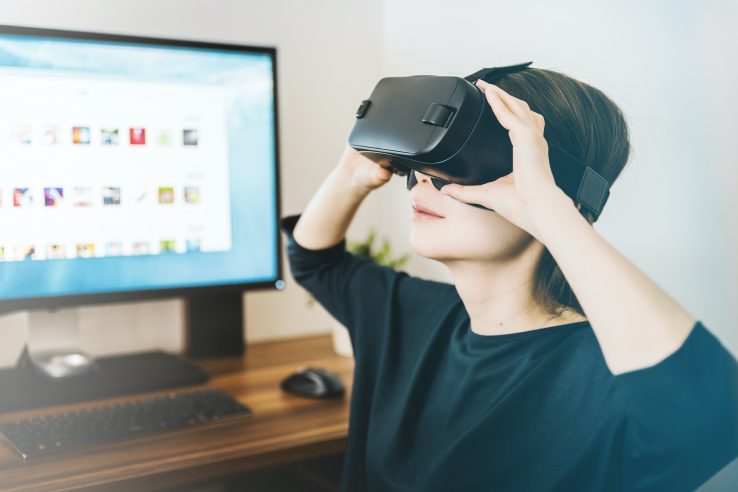
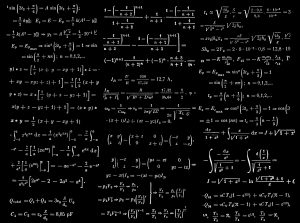

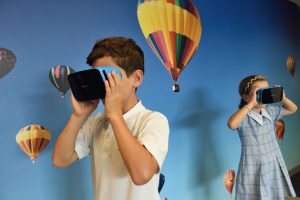

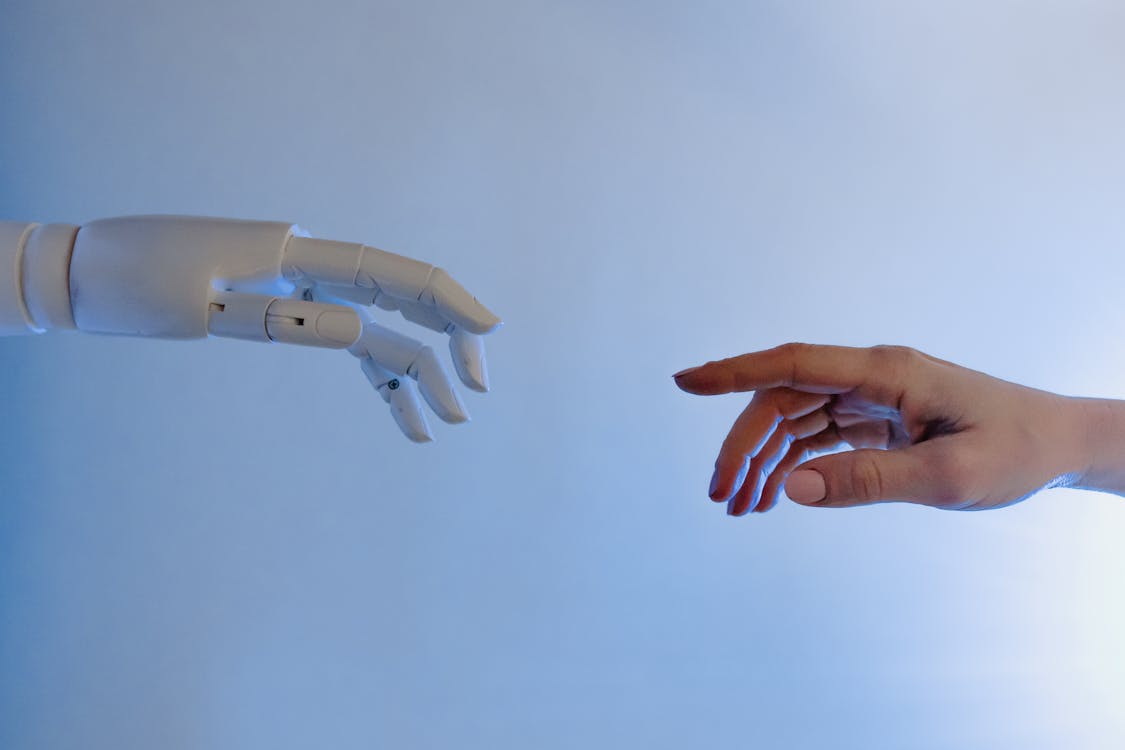
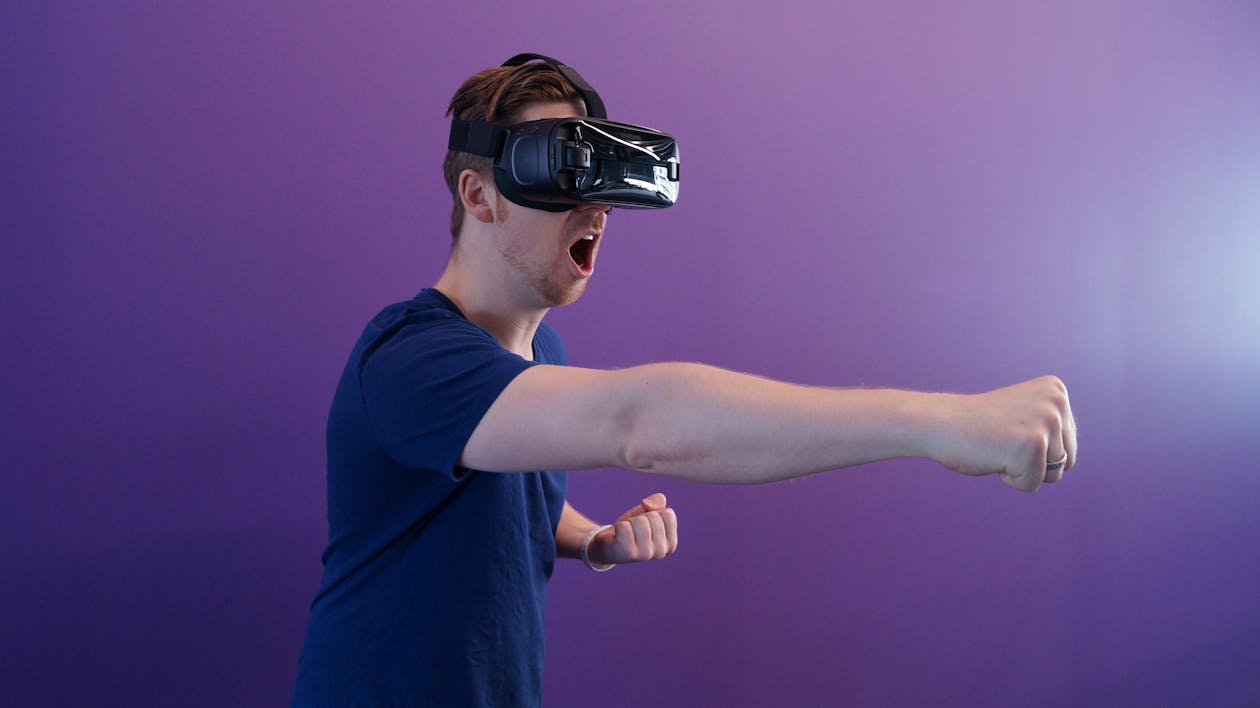


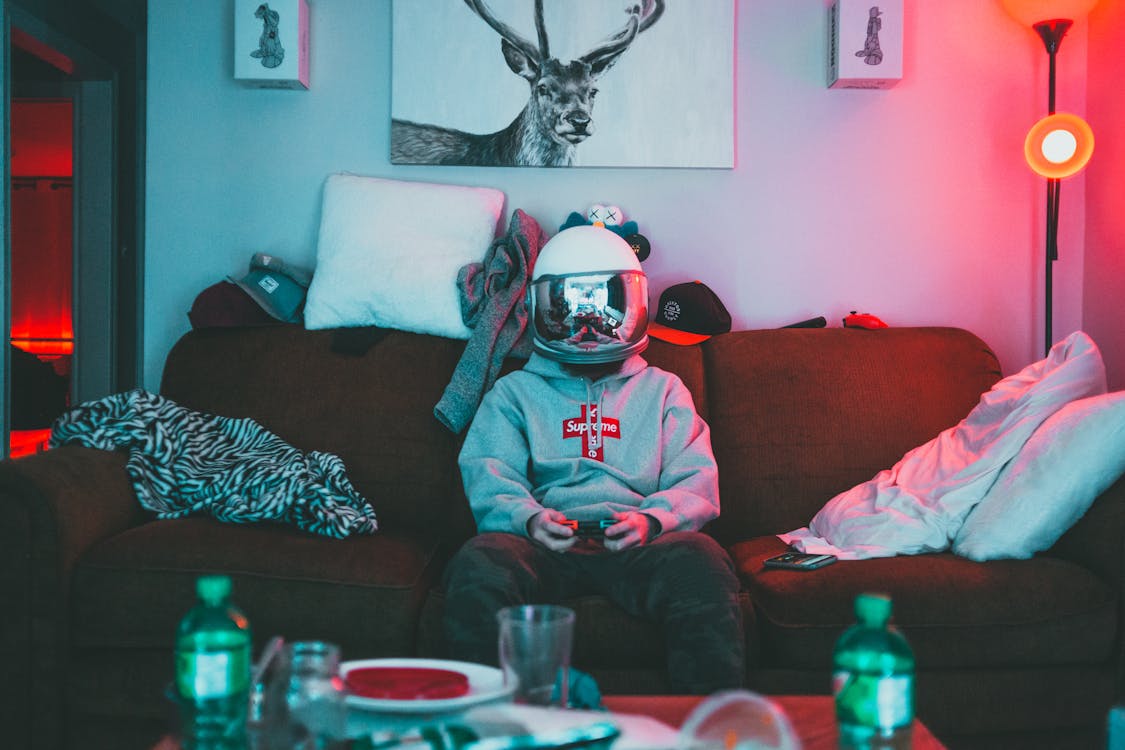
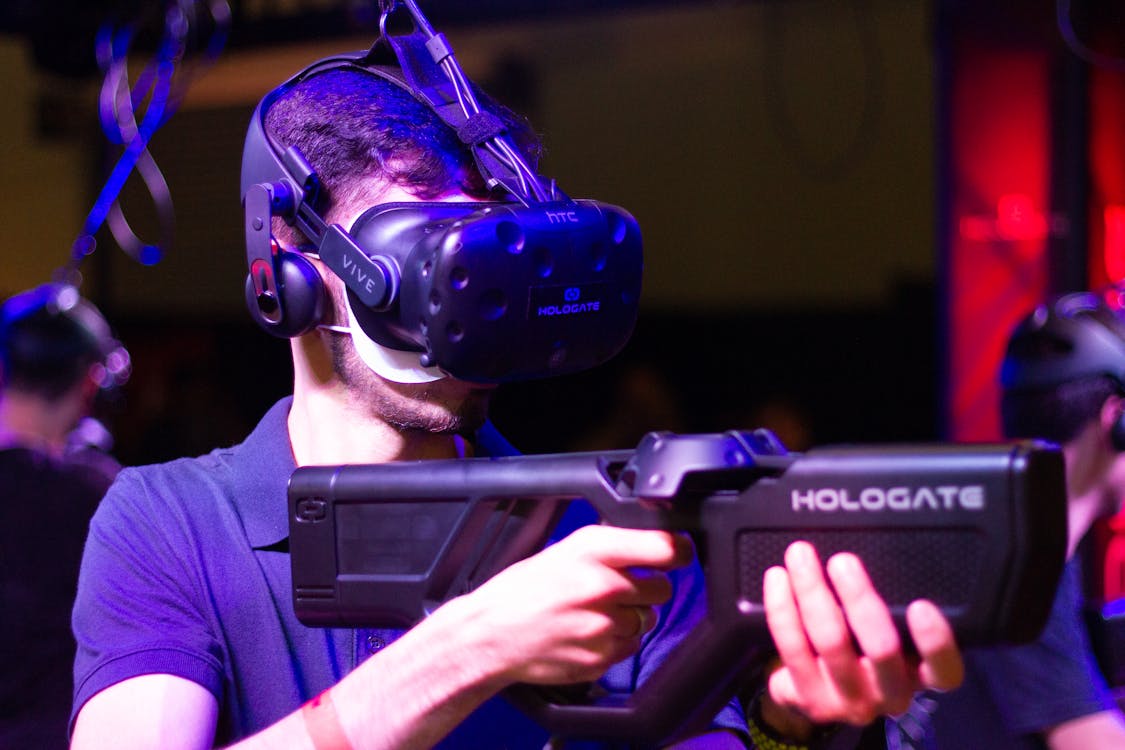
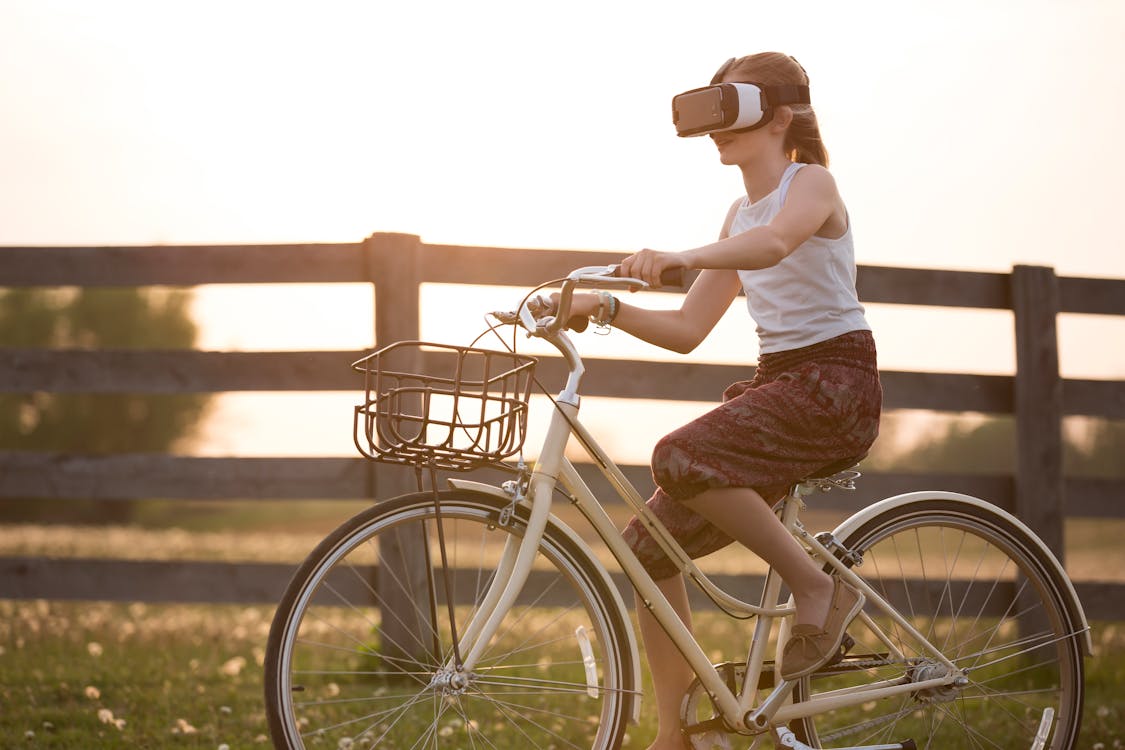
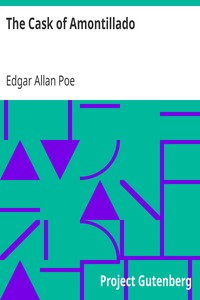
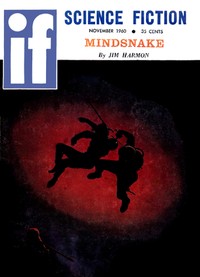

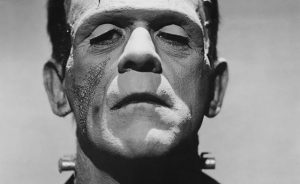

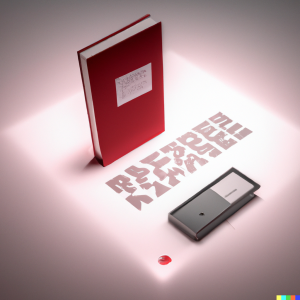
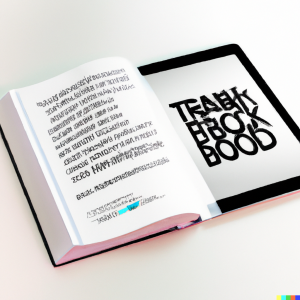
 The wide selection of titles available from the company library continues to expand through the efforts of emergent AI authors such as Micro-Zon CH Ltd.’s own Sirlexa. Experience the perfectly paced masterworks of nondeterministic fiction written, illustrated, narrated, and published by Micro-Zon CH Ltd. What the company refers to as “Single Source Publishing” is actually a strength and value because it provides a sense of cohesion and unity. The Book itself describes that the very act of publishing is “the true measure of ‘what makes a book, a book’” (241). Despite the concerns that some non-company critics have voiced, these stories are perfectly calibrated to accompany your workday to motivate you to a great outcome! See: 2
The wide selection of titles available from the company library continues to expand through the efforts of emergent AI authors such as Micro-Zon CH Ltd.’s own Sirlexa. Experience the perfectly paced masterworks of nondeterministic fiction written, illustrated, narrated, and published by Micro-Zon CH Ltd. What the company refers to as “Single Source Publishing” is actually a strength and value because it provides a sense of cohesion and unity. The Book itself describes that the very act of publishing is “the true measure of ‘what makes a book, a book’” (241). Despite the concerns that some non-company critics have voiced, these stories are perfectly calibrated to accompany your workday to motivate you to a great outcome! See: 2






